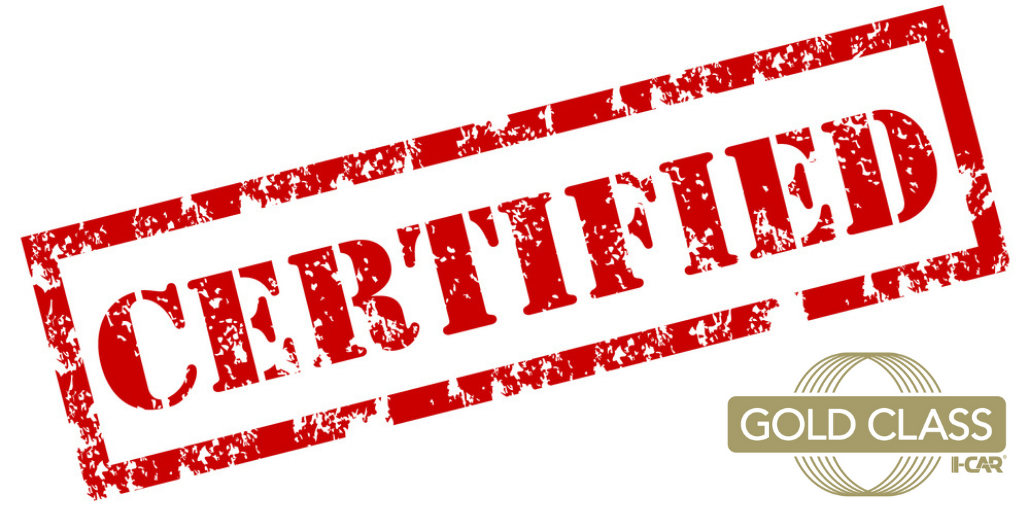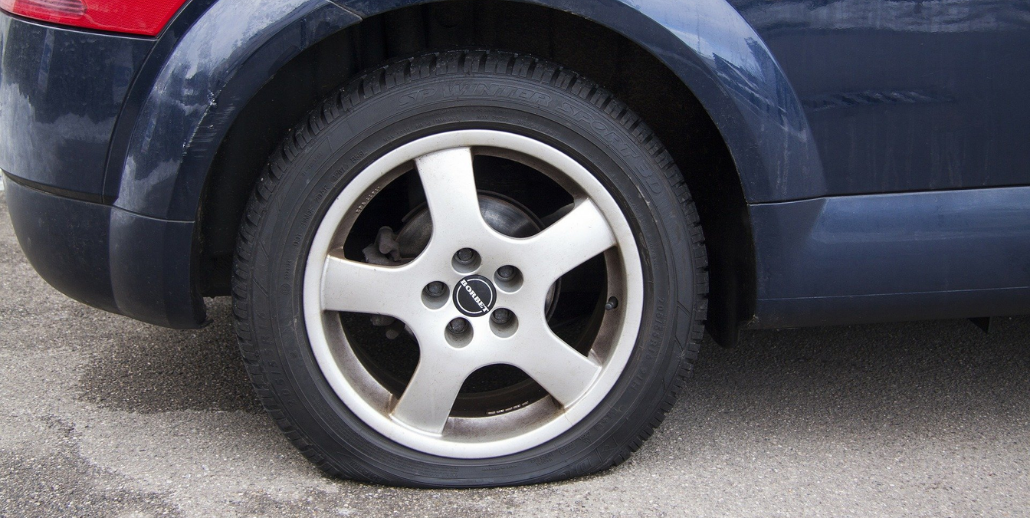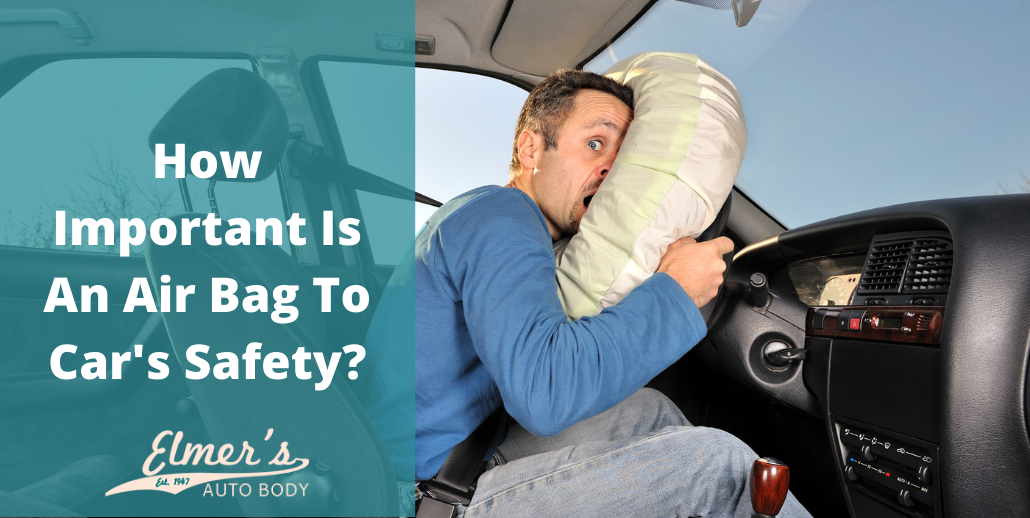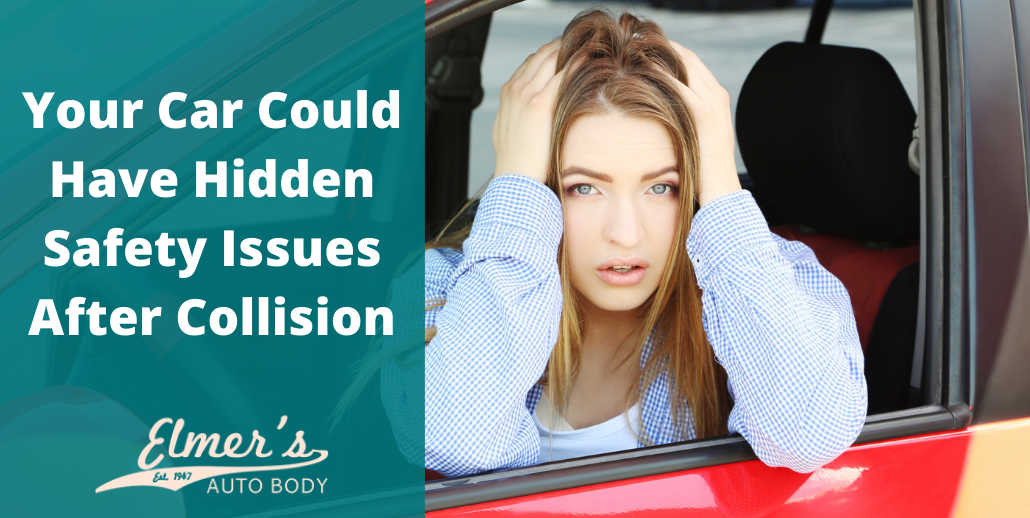Late-model vehicle technology is taking the auto industry by storm and the changing makeup of materials that go into vehicles has altered the repair process. This trend is only moving forward and the collision repair industry has had to adapt to the changes. High strength steel replaces mild steel (low carbon steel) and carbon fiber, metal alloys, aluminum, and plastic are in use now, so auto technicians have to learn new techniques for repairs. Experience as shop technicians isn’t enough anymore as they need intensive training to understand the proper way to repair newer model vehicles.
I-Car’s Organization
I-Car is a non-profit training organization. They commit themselves to safety in the collision repair industry. The Gold Class represents its various training programs that organize themselves around the highest levels of training achievement and gain recognition by the collision repair industry. The certification is open to collision body shops and also insurance companies.
How do I know whether there is an auto body shop near me that can do updated work on a newer vehicle? Well, the I-CAR or Inter-Industry Conference on Auto Collision Repair started an educational program that gives technicians the training to repair newer vehicles efficiently and safely. Body shops are training their employees to meet I-CAR’s training requirements in order to gain Gold Class Certification.
I-CAR Gold Class Certification Requirements
Only shops whose employees meet I-CAR’s most stringent training requirements can get Gold Class certification, which is considered the utmost in certification standards. Training is even available for special roles within the structure that include:
- Production management
- Aluminum structural technician
- Electrical/mechanical technician
If an auto body shop is to achieve I-CAR Gold Class Certification, there are technicians within the body shop who specialize in four distinct areas that include:
- Value Estimator
- Non-structural Technician
- Structural Technician
- Refinish Technician
Those enrolled in one of these specialization areas are there to achieve a Platinum Class I-CAR certification and any body-shop technician within the shop with I-CAR Gold Glass certification must renew their certification on an annual basis.
Most people want to know if the body shop they use is I-CAR certified and whether they can repair a newer model car. The Inter-Industry Conference on Auto Collision Repair provides workers in the auto body repair industry the education they need to repair vehicles safely and effectively.
New Technologies
Whether it’s new materials, advanced safety systems, new electronics, or some other innovative upgrades, as more cars on the road embrace these new technologies, up-to-date training has become increasingly necessary to ensure safety, accuracy, and a shop’s ability to perform quality repairs.
They train all technicians in an ongoing manner with the latest developments in techniques, materials, and the equipment used to make repairs. The training prepares a technician with the skills necessary to repair a vehicle. Once a technician performs the work and finishes it, your vehicle is safe and maintains its value.
A body shop’s infrastructure and its equipment are crucial to the facility running smoothly and performing safe and pertinent repairs. When a manufacturer introduces new materials and technology into the auto industry, training occurs to accommodate the changes and brings safety into the mix.
I-Car Gold Class Certification
In order to earn I-Car Gold Class certification, body shops need to achieve and maintain a high level of relevant training that deals with the various collision repair roles. To maintain the certification, auto body shops have to continue the development of knowledge and skills with their staff. I-Car Gold Class certification requires continuing training and testing on content that deals with updating the latest vehicle models and the new technologies that are compatible with them. Body shops that are behind in their training will lose I-Car Gold Class certification.
Besides, I-CAR Gold Class shops being certified to provide the highest quality repairs, there are additional benefits to the certification. A collision body shop’s certification brings relevant outcomes to customers and the shop itself. Body shops that hold I-Car Gold Class certification continually put in faster repair times because of their high-performance returns. It also means a customer will spend less time and money on vehicle rentals, which brings greater customer satisfaction and higher network ratings. I-CAR shops also outperform other body shops because of their productivity and efficiency rate.
Stringent Standards
Many repair shops today haven’t met the stringent standards that I-CAR Gold Class imposes. With the ever-changing nature of collision repairs, it’s important now more than ever for body shops to be well informed, particularly about the latest in automotive training and information that continually changes. Whether it’s sophisticated driving systems, lightweight vehicle materials, and elaborate safety systems, there have to be trained technicians who can work in any of these areas. That’s the importance of I-CAR Gold Class certification.
Maintaining a Gold Class certification is critical to the auto body collision industry locally and nationally. An organization that wants to move forward must develop knowledge and skills that are updated continuously. Becoming Gold Class certified means commitment to not only customers and body shop staff but dedication to the highest of standards. With Gold Class certification, you can show both customers and staff that your business is committed to the best in professional development and ongoing training.
If you want more information about I-CAR Gold Class Certification, contact Elmer’s Auto Body at (856) 218-0202. Our technicians are I-CAR Gold Class certified and value your repair work with high standards in mind. We will fix your newer and older vehicle safely and effectively. Call us for your auto body repair. You won’t regret it.









